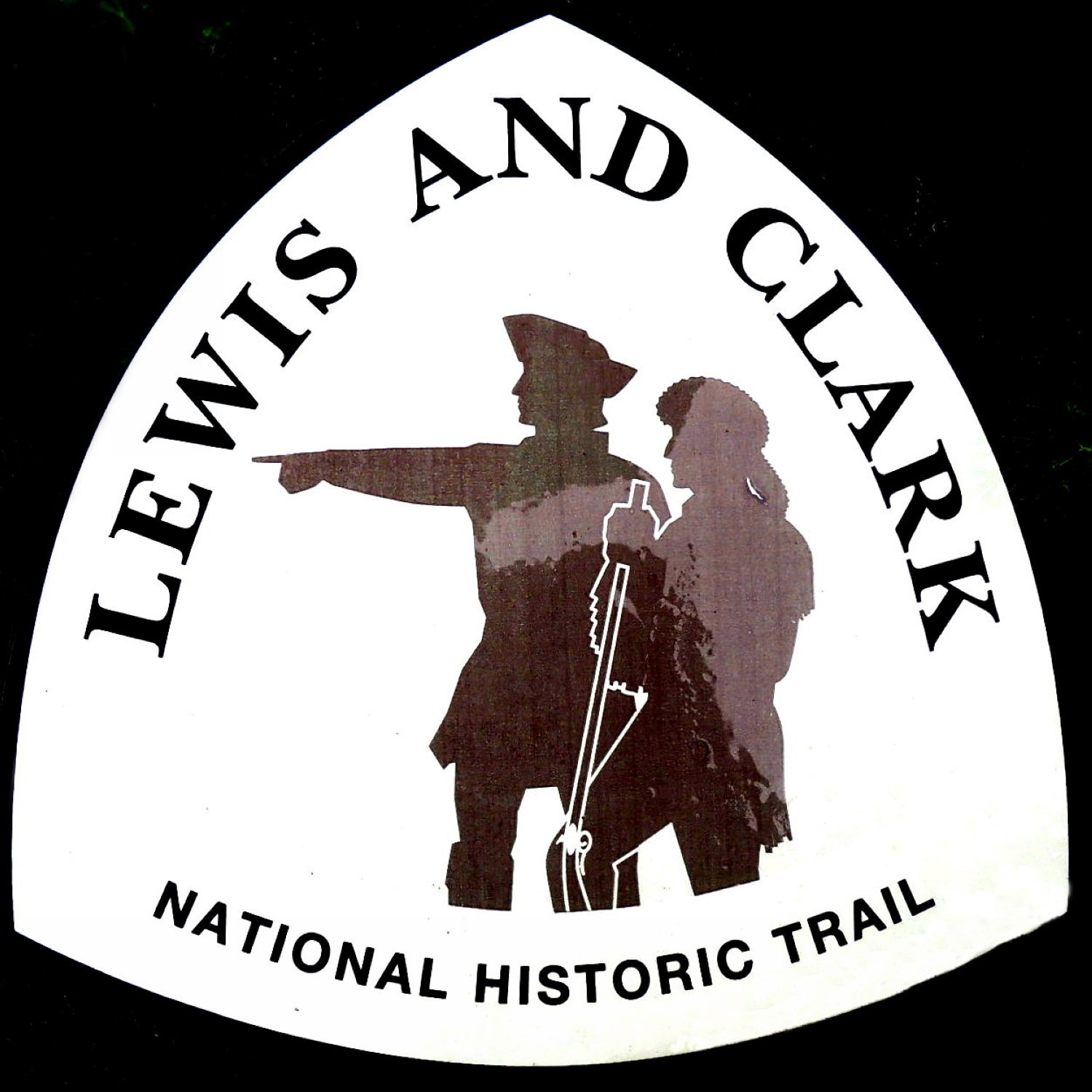Crazy Mountain Museum opened its doors in 1992 and hosts a festival each Memorial Day.
The Crazy Mountain Museum houses a collection of artifacts and exhibits range from archeological and geological finds to the Pioneer Room featuring early settlers and their families. Also featured is a replica of 1907 Big Timber, Jack Hines paintings of Sweet Grass County called Historic Crossroads, a replica Norwegian stabbur, a tipi, a one room schoolhouse, the widely-acclaimed gardens.
There are several signs along the garden paths that tell the history of Lewis and Clark.
 Lewis and Clark
Lewis and Clark
National Historic Trail
Big Timber, Montana

Sign:
In 1804-06, Captains Meriwether Lewis and William Clark led about 40 soldiers and boatmen on an epic journey. President Thomas Jefferson commissioned this “Corps of Discovery” to find a route to the Pacific Ocean through the newly acquired Louisiana Territory. Along the way, they mapped the land, recorded its resources, and contacted its native inhabitants.
The landscape has changed since Lewis and Clark explored it: rivers have been dammed, forests cut over, prairies plowed under, and roads built to the horizon. Although remnants of wilderness still exist, imagine this land as Lewis and Clark first saw it two centuries ago.
The United States purchased the Louisiana territory -- ore that 83,000 square miles -- from France in 1803. President Jefferson selected Meriwether Lewis to lead an expedition there.
With Jefferson's permission Lewis asked his friend and former commanding officer William Clark to be co-leader. Although opposite in temperament, the worked harmoniously throughout the two-year journey.

Erected by Lewis and Clark National Historic Trail.